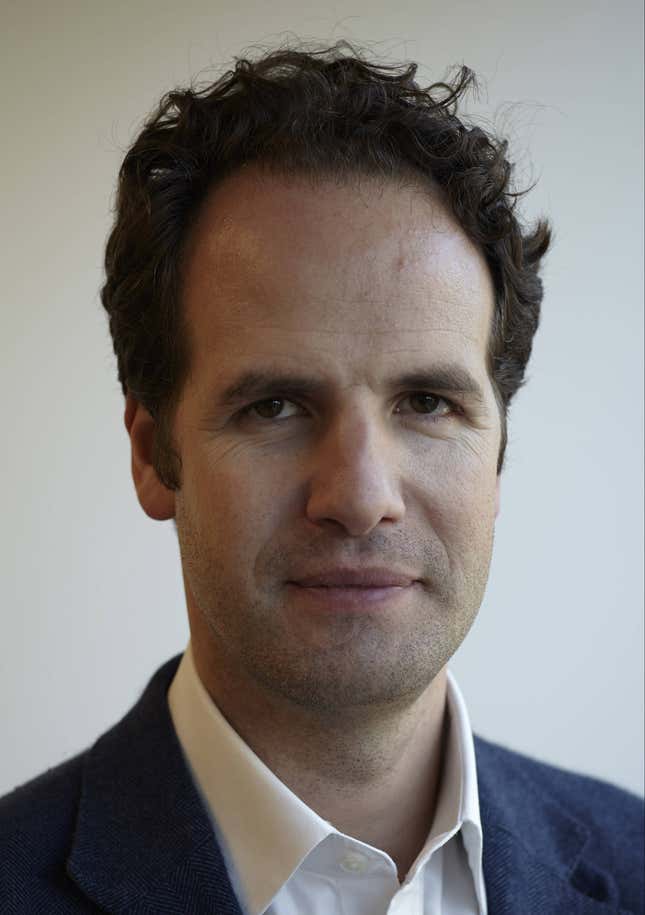“In the olden days,” says Ben Holmes, a partner at Index Ventures, “you’d raise money and you’d build an interesting stack of technology that was hard to replicate. Your competitive advantage was technologically originated.”
No more. “Nowadays, there are very, very few [businesses],” he says, “where technology differentiation is really important.”
Holmes should know. His firm is among the—if not the—leading venture capital houses in Europe. In the year to June, seven Index investments realized exits of $1 billion dollars or more. Five of them were “born in Europe,” a continent plagued by self-doubt and hand-wringing about whether its tech sector can ever match up to Silicon Valley. Last month, Index announced a fund meant to build “iconic” businesses: €400m ($550M) for early-stage companies. Holmes spoke to Quartz about the fund and the qualities that Index looks for in a company.

So what, if not technology, does a budding entrepreneur—in Europe or anywhere else—need in order to build a tech company? A decent idea, branding, and the ability to rapidly expand, Holmes says. “The axis along which they are building value is really one of network effects and brand,” Holmes says. “And in order to build those network effects quickly, you need to raise a lot of money.”
Nowadays, many of the building blocks for a new company are readily available. A new e-commerce business, for example, has no need to hold inventory because it can function instead as a platform for independent sellers to hawk their goods, lowering overheads and reducing risk. It doesn’t have to maintain warehouses or control delivery, since third-party companies such as Metapack, funded by Index, can handle logistics. It doesn’t have to create a payment system (Stripe can take care of that); build communications and messaging (messaging start-up Layer handles communications across various platforms); develop a system for recommendations (Criteo, also backed by Index, does the heavy lifting); or invent a new security system (any number of companies can do that).
The entire tech industry has followed a similar path. Ten years ago, says Holmes, companies would ask him for millions of dollars to build a website that provided some service. Today, they come to him having already built the website, and the ask is just for a few hundred thousand to spin it out.
But the lower bar to entry also means more competition, and staying ahead of the pack can be expensive. Holmes cites the example of Groupon, the coupon company that enjoyed a brief stint as a tech and media darling before crashing back down to earth. Groupon’s idea was easy to copy (and indeed it was, extensively). So the only way to outpace the competition was to expand faster, which it did—though perhaps too fast.
That takes lots and lots of cash. “Information about which business models are working flows very quickly,” says Holmes. “And there are some very savvy operators, whether it is the Samwers (paywall) in Germany or other people who ruthlessly and aggressively seize any free market.”
Branding as the road to riches
The new tech economy, then, is not necessarily about building new technology. It is about capturing a sector with good branding, pots of money to fund growth, and the network effects to spur growth and retention. Holmes argues that half of the value of a company such as Google lies in its brand, in people instinctively thinking of Google when they want to search for something. It is the same for Facebook and social; Amazon and online shopping; and perhaps one day Uber and transportation.
Index pays a lot of attention to how the founders of a company think, Holmes says: “We’re much more conscious of the fact that you can’t be thinking about people who are technologists. You need to be thinking about people who realize that they are also building a brand and they have got to have a very strong plan for how they’re going to develop that.” To become giants, companies need to be identified not just with sectors or geographies, he said, “but a human response.”




